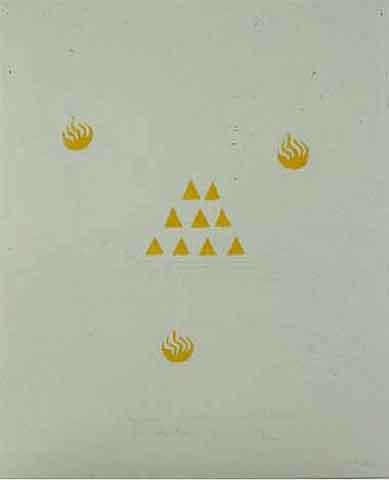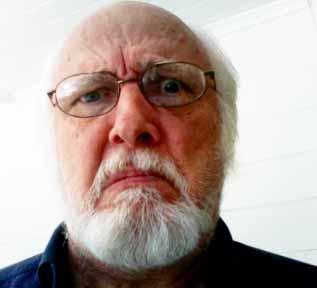
Derrida introduced chora as an opporatunity for shifting the relation with Being from actuality to potentiality, but Agamben does the most to map the various incarnations of chora from its beginnings to the present. The task of the coming philosophy is to invent choragraphy as a practice of electracy. Within that general task is the more immediate goal of the EmerAgency to design and test Konsult, a genre of consulting applying choragraphy to policy dilemmas. Appiphany specifically supports a pedagogy of consulting, concerning Justice as capacity. The challenge of Appiphany is to introduce egents to the dimension of capacity revealed within electrate metaphysics (this experience is what is revealed through the epiphany as practice). In the Forum we have the luxury of citation, with the posts offering not a finished "text" but an archive and exploration of the project, as resources for further development. In this spirit, here is a passage from Agamben, describing the dimension of capacity in question, and its relation with chora.
In the dark, the eye does not see anything but is, as it were, affected by its own incapacity to see; in the same way, perception here is not the experience of something--a formless being--but rather perception of its own formlessness, the self-affection of potentiality. Between the experience of something and the experience of nothing there lies the experience of one's own passivity. The trace (typos, ikhnos) is from the beginning the name of this self-affection, and what is experienced in this self-affection is the event of matter. The aporias of self-reference thus do not find their solution here; rather, they are dislocated and transformed into euporias. The name can be named and language can be brought to speech, because self-reference is displaced onto the level of potentiality; what is intended is neither the word as object nor the word insofar as it actually denotes a thing but, rather, a pure potential to signifiy (and not to signify), the writing tablet on which nothing is written. But this is no longer meaning's self-reference, a sign's signification of itself; instead, it is the materialization of a potentiality, the materializaiton of its own possibility. Matter is not formless quid aliud whose potentiality suffers an impression; rather, it can exist as such because it is the materialization of a potentiality through the passion of its own impotentiality.
In the Timaeus, Plato gives us the model of such an experience of matter. Khora, place (or rather nonplace), which is the name he gives to matter, is situated between what cannot be perceived (the Idea, the anaistheton) and what can be perceived (the sensible, perceptible as aisthesis). Neither perceptible nor imperceptible, matter is perceptible met'anaisthesias (a paradoxical formulation that must be translated as "with the absence of perception"). Khora is thus the perception of an imperception, the sensation of an anaisthesis, a pure taking-place (in which truly nothing takes place other than place).
This is why Aristotle develops his theory of matter as potentiality on the basis of Timaeus's khora. Like the eye when it is confronted with darkness, the faculty of sensation, we read in De anima, can sense its own lack of sensation, its own potentiality. Potential thought (the Neoplatonists speak of two matters, one sensible and one intelligible), the writing tablet on which nothing is written can thus think itself. It thinks its own potentiality and, in this way, makes itself into the trace of its own formlessness, writes it own unwrittenness while letting itself take place in separating itself.
Derrida's trace, "neither perceptible not imperceptible," the "re-marked place of a mark," pure taking-place, is therefore truly something like the experience of an intelligible matter. The experimentum linguae that is at issue in grammatological terminology . . . marks the decisive event of matter, and in doing so it opens onto an ethics. Whoever experiences this ethics and, in the end, finds his matter can then dwell--without being imprisoned--in the paradoxes of self-reference, being capable of not not-writing.
Agamben, Potentialities, 217-18.
It is useful to remember in this context that "electracy" is a portmanteau of "electricity" and "trace." The justification for the long citation is its rehearsal of the concept and its field guiding our project. Our role is to bring this history into heuretics, to design and test the practices of choragraphy as Konsult.

